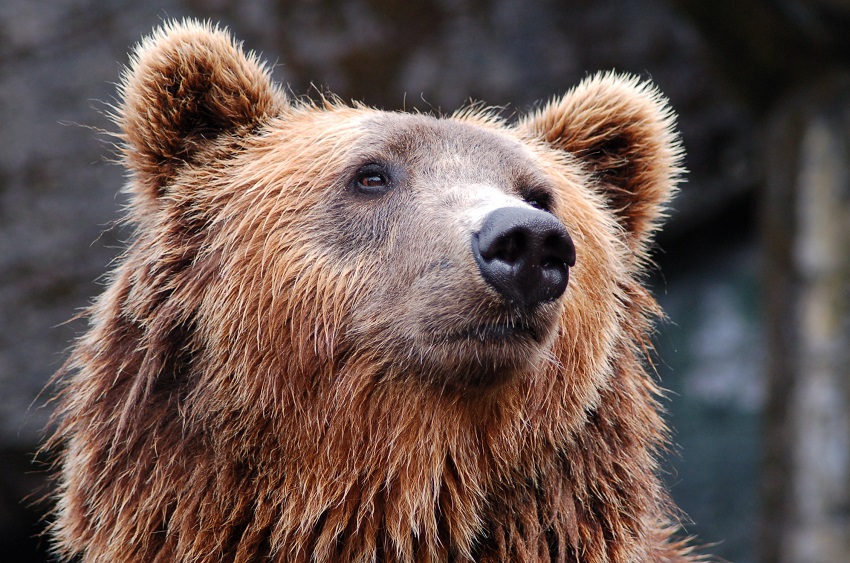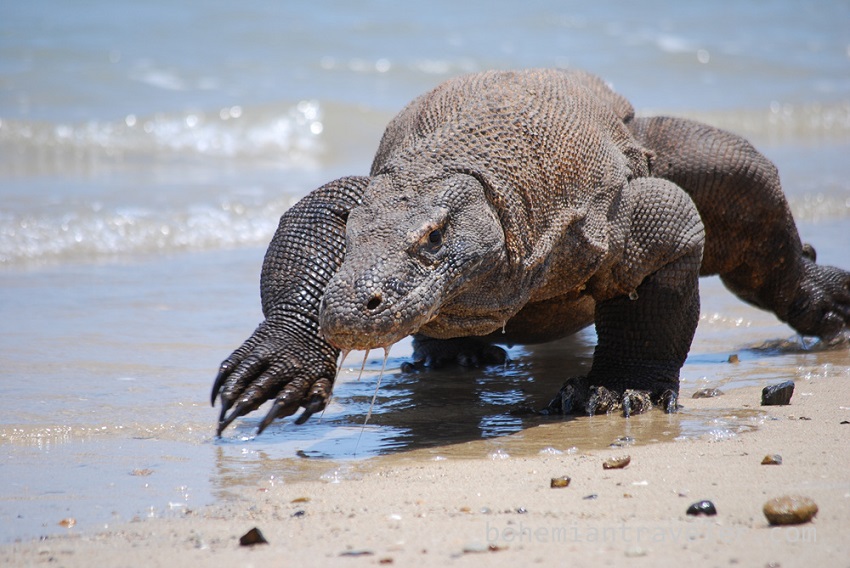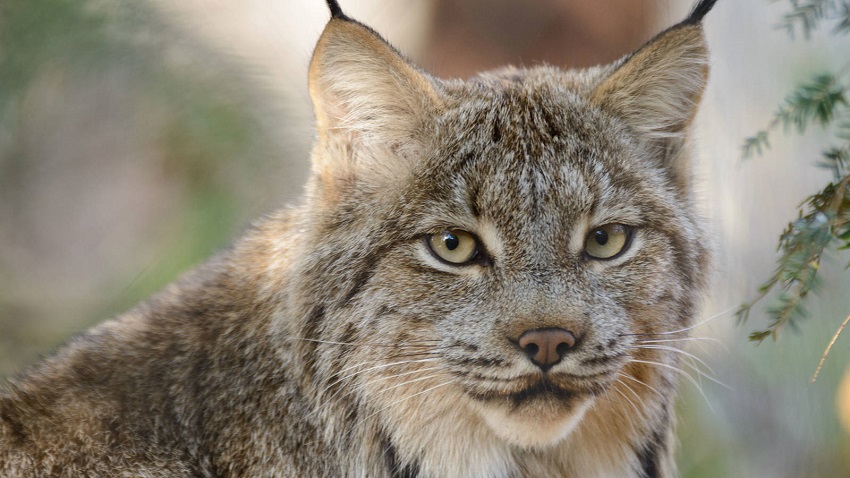We can say that Spain has one of the richest biodiversity in all of Europe, but we can also say that it is among the most fragile, we have many endangered animals.
Every year the international union for the conservation of nature IUCN produces a document where we can see the species that are in danger of disappearing mainly due to human activities. We currently have more than 1000 endangered species in Spain. We are going to share with you some of the most important ones, before we begin, we will comment that an animal is in danger of extinction when all the representatives of the same species run the risk of disappearing from our planet.
1. Black stork
Another of the species that are in danger of extinction and are very difficult to see in our geography. Both in shape and size, they are very similar to that of the white or common stork that we are all used to seeing. The big difference is its black and glossy plumage where its underparts are white. Its habitat is in remote forests such as mountains in the south of the peninsula, it does not nest in areas close to man.
2. Iberian lynx
This is one of the highest endangered animals of the entire group of amphibians and mammals. The Iberian lynx is a feline much larger than a domestic cat, it looks like a wild cat. Its main characteristic is its robust appearance, its long legs, and its short tail with a black tassel at the end, which it usually keeps upright, beating it in times of danger. The specimens of this have been very threatened to the point of their disappearance. Fortunately, after more than 20 years of fighting for his species, he has multiplied considerably.
3. Brown bear

The Bear, called Eurasian as a rule, lives in the northern Cantabrian mountains. This is a very shy animal, avoid human contact whenever possible. Hunting these specimens was legal until the 1960s, so there are currently specimens in Spain. The brown bear is characterized by its thick and dense coat, it has a small tail (barely 7 or 8 cm) and a huge head. It is the largest land animal of all the Iberian fauna.
4. Cantabrian grouse
Like all the species we have mentioned, this bird is in a critical situation. This species is located in the north of Spain where there are less than 500 specimens. The main reason for the disappearance of this bird is the creation of tracks and infrastructure, climate change or the low reproduction rate. This species is very similar to other grouse and chickens, it has a length of 55 to 90 cm. The females are somewhat smaller than the males.
5. Giant lizard

Exclusive in an area of four hectares on the island of El Hierro in the Canary Islands. This specimen can grow up to two feet in length. Now it is considered an endangered species mainly due to the predation of wild cats and dogs in the area. As main characteristics we will comment that it can reach an extraordinary size of about 60 cm, it has a broad head especially in adult males, and a long and robust tail.
6. White Imperial Eagle
This noble bird resides in the center and southwest of the peninsula. It is one of the seven rarest birds on the entire planet. In Spain, it is very vulnerable to hunting, deforestation, and pollution. The main characteristics of this majestic bird are the dark brown color in almost all of its body, dotted with white on the shoulders and wings.
7. Basque whale
This incredible mammal is known by this name since the Basques were the first to hunt it and sell it in the market. At present, it is almost extinct. It is characterized by measuring up to 17 meters and weighing about 50 tons. It has a large arched head and lacks a dorsal fin. The color of it is totally black and it has peculiar black beards that can measure up to two meters.
8. European mink
This mammal is one of the most threatened in Europe. It has brown fur with white color around the lips. It is a small carnivore with semi-aquatic habits. Males measure about 55 centimeters including the tail, and females 45.
Wonderful environmental conservation work is underway, but there is still a long way to save endangered animals. From AEMA we contribute our grain of sand to this great fight with our environmental impact studies and many other mechanisms.
I am in favor of animal rights, as well as human rights. That is the way of a complete human being ”, Abraham Lincoln.
You may also like to read Herbivorous Dinosaurs: names, types, and characteristics

